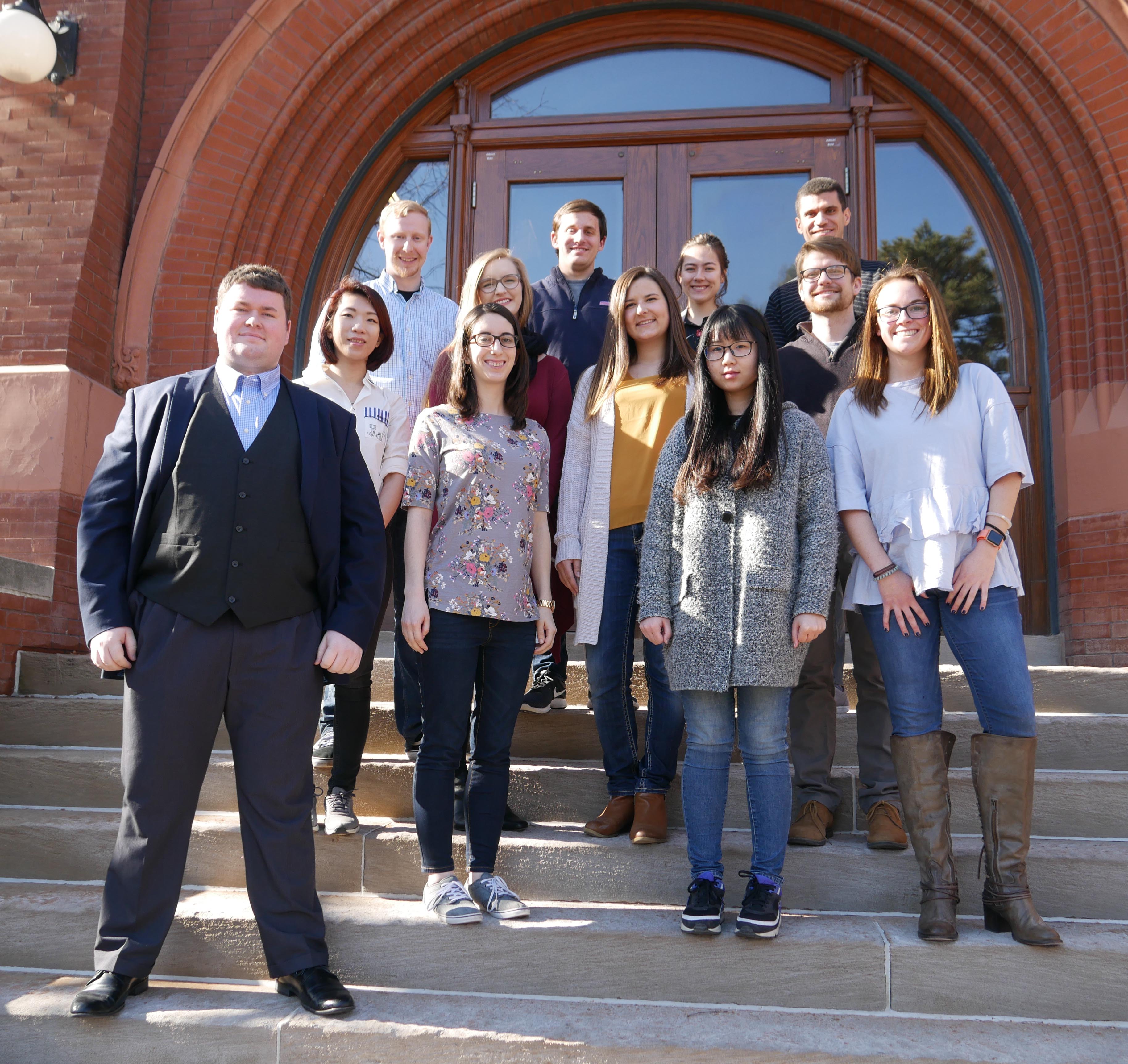University of Nebraska-Lincoln
Design Futures Council Scholar Designation Awarded to 15 UNL Students
The University of Nebraska-Lincoln’s College of Architecture is pleased to announce 15 students from the college were named scholars of the highly-competitive 2017/2018 Design Futures Council Graduate Presentation Program. The designation is annually awarded to a limited number of students in architecture, landscape architecture and interior design programs.
The scholars include Jon Magruder, Adam Heier, Adam Wiese, Phung Hong, Mei-Ling Krabbe, Casie Hilyard, Hasan Shurrab, Megan Michalski, Yitao Li, Anne McManis, Julie Reynolds, William Pokojski, Kurt Lawler, Dayna Bartels and Caitlin Senne.
Scholars are selected based on several factors including demonstrated excellence in design showing a mastery of complex projects; talent for collaboration exhibiting a predisposition for working in multidisciplinary teams; ability to influence others demonstrating their ability to unify through the design process; inclusiveness of sustainability by deeply integrating its principles into their work; and a superior ability to integrate technology into design projects.
The purpose of the Graduate Presentation Program is to connect the up and coming talent from participating schools with the hiring managers of the top 300 firms in the design professions. For firms, the Graduate Presentation Program shortens the time and effort required to find the highest quality, emerging talent. For educational institutions, the program not only provides inroads for placement of graduates with high-profile firms, but also provides the opportunity to build enduring relationships with professional practices.
“The excellence and preparation of our students is substantiated by our 95% average employment rate immediately following graduation; the national, regional and state accolades received and now by this exceptional recognition of our students by the prestigious Design Futures Council scholar designation,” commented Dean Katherine Ankerson.
These fifteen College of Architecture students join a prestigious group of scholars from all across the country. Including the UNL scholars, a total of 68 students were selected for inclusion to this elite group.

 Study Architecture
Study Architecture  ProPEL
ProPEL 


